TEN CENTURIES OF HISTORY
TEN CENTURIES OF HISTORY
TEN CENTURIES OF HISTORY
Jau Abbey has a long history of ten centuries, beginning in the 12th century with its foundation by Cistercian monks. Its development began at the end of the 13th century when Antal II, the bishop of Elne, granted the monks the domain of Clairana with the water rights on the Verdouble river. They gave the estate the name of the abbey - Jau - and built the tower that still stands proudly on the rock face today. At the time, it was a defense and watchtower against the attacks of the barbarian pirates who raged in Roussillon. Thus protected, the monks of the domain cultivated vines and olive trees. Thanks to the mutage, which guaranteed a better stability to the products, they were able to export their wines quickly throughout Europe.
From the 15th century to the end of the 19th century, the property was leased by the Xopi family. One of its most eminent members was rector of the University of Paris who gave the funeral oration of Louis XIV. From the 16th century until their departure, the new hosts enriched the estate with a new activity, silkworm breeding. The castle itself was built on the initiative of Catherine Xopi just after the French Revolution.
Two other legacies of this period remain to this day: the three hundred year old mulberry tree which has become the emblem of the Château de Jau and the buildings of the former silkworm farm. Nowadays, this building houses a contemporary art gallery.
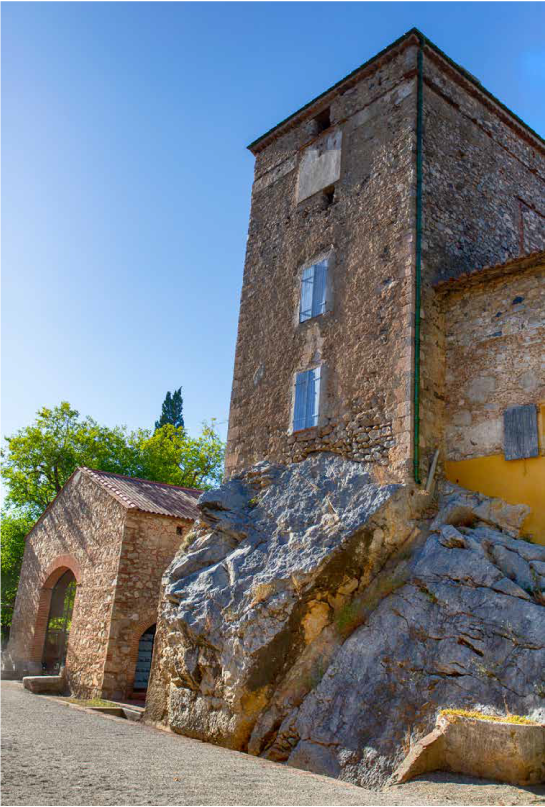
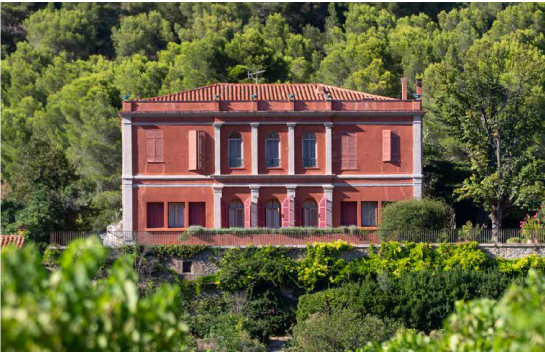
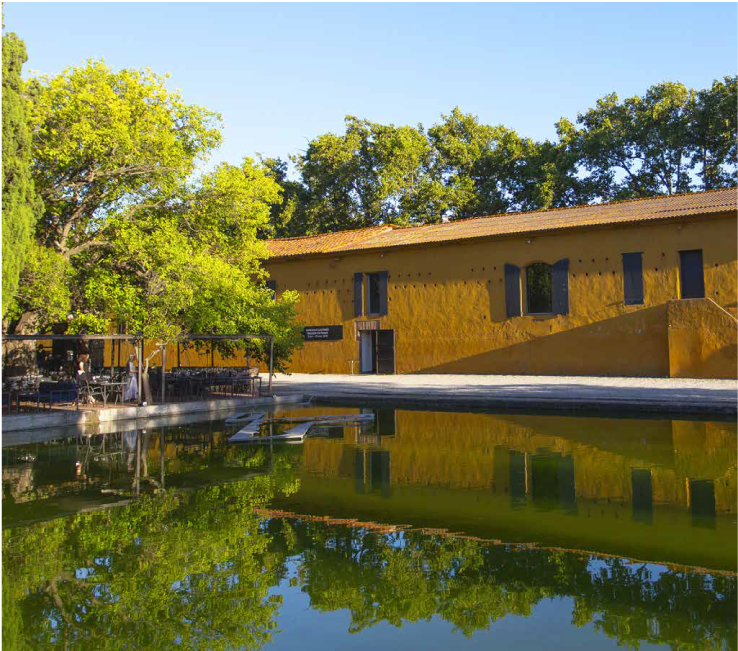
The property was passed on to a Catalan family from Barcelona, then to a family of local wine merchants, the Bourdouils. It was in 1973 that Jean and Bernard Dauré acquired the estate: a natural acquisition, as they themselves owned a wine merchant company and came from a family with a tradition of winegrowing - their great-grandfather was a winegrower in Rivesaltes. They soon began replanting and renovating the Château. Visionaries, the two men launched into wine tourism in the 70s and set up a foundation of contemporary art.
They also developed a vineyard in the Collioure region, “Les Clos de Paulilles”, and then created a vineyard in Chile called Las Niñas, in honor of the latest generation - exclusively feminine - of the Dauré family.
Today, Bernard's children have taken over the management of the estate, first Estelle, then her brother Simon. With their decision to take the vineyard in an ecological direction, they are part of the long tradition of the Jau estate: to rely on a rich historical and cultural heritage to ensure an innovative and prosperous future.
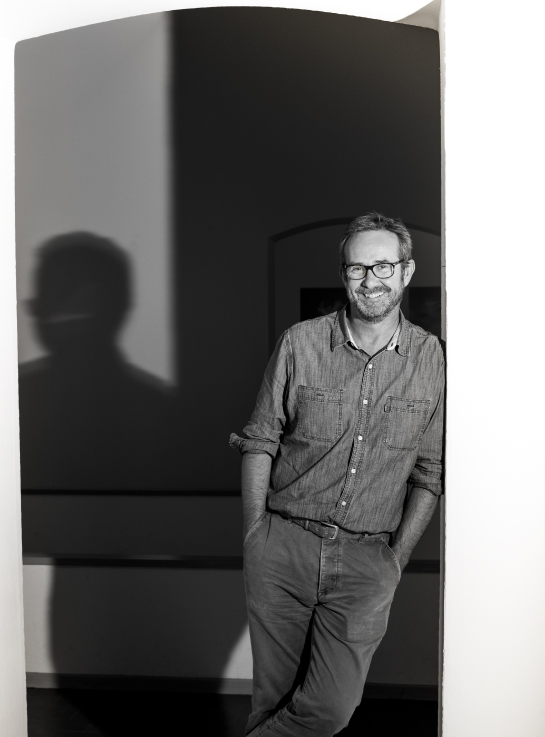
TEN CENTURIES OF HISTORY
Jau Abbey has a long history of ten centuries, beginning in the 12th century with its foundation by Cistercian monks. Its development began at the end of the 13th century when Antal II, the bishop of Elne, granted the monks the domain of Clairana with the water rights on the Verdouble river. They gave the estate the name of the abbey - Jau - and built the tower that still stands proudly on the rock face today. At the time, it was a defense and watchtower against the attacks of the barbarian pirates who raged in Roussillon. Thus protected, the monks of the domain cultivated vines and olive trees. Thanks to the mutage, which guaranteed a better stability to the products, they were able to export their wines quickly throughout Europe.
From the 15th century to the end of the 19th century, the property was leased by the Xopi family. One of its most eminent members was rector of the University of Paris who gave the funeral oration of Louis XIV. From the 16th century until their departure, the new hosts enriched the estate with a new activity, silkworm breeding. The castle itself was built on the initiative of Catherine Xopi just after the French Revolution.
Two other legacies of this period remain to this day: the three hundred year old mulberry tree which has become the emblem of the Château de Jau and the buildings of the former silkworm farm. Nowadays, this building houses a contemporary art gallery.


The property was passed on to a Catalan family from Barcelona, then to a family of local wine merchants, the Bourdouils. It was in 1973 that Jean and Bernard Dauré acquired the estate: a natural acquisition, as they themselves owned a wine merchant company and came from a family with a tradition of winegrowing - their great-grandfather was a winegrower in Rivesaltes. They soon began replanting and renovating the Château. Visionaries, the two men launched into wine tourism in the 70s and set up a foundation of contemporary art.
They also developed a vineyard in the Collioure region, “Les Clos de Paulilles”, and then created a vineyard in Chile called Las Niñas, in honor of the latest generation - exclusively feminine - of the Dauré family.
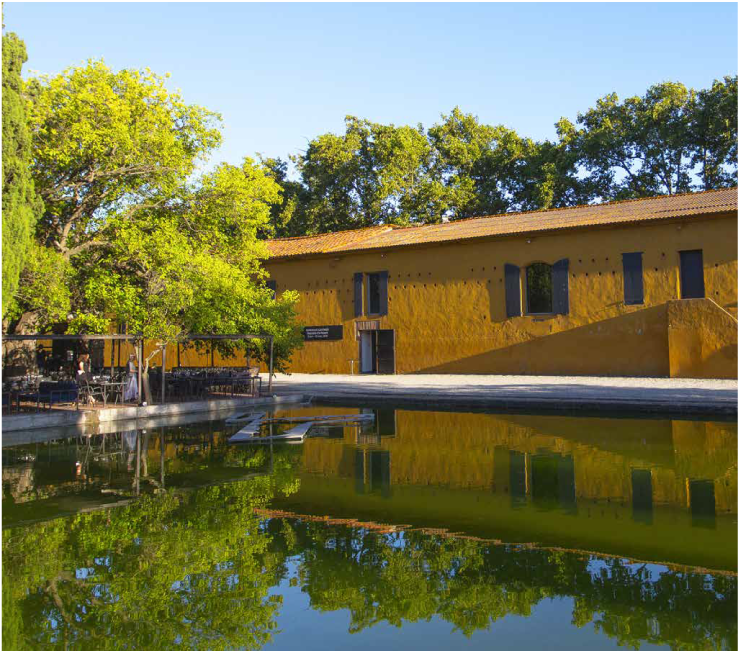
Today, Bernard's children have taken over the management of the estate, first Estelle, then her brother Simon. With their decision to take the vineyard in an ecological direction, they are part of the long tradition of the Jau estate: to rely on a rich historical and cultural heritage to ensure an innovative and prosperous future.

The vineyard
The vineyard
You will find the vineyard of Château de Jau in the foothills of the Corbières in the Agly valley. It extends over a hundred hectares, themselves surrounded by 500 hectares of garrigues in the middle of wild preserved landscapes of a striking beauty. We have the privilege of being alone on this side of the Agly, a great asset for organic farming. In conversion to organic farming since 2018, the vineyard has been certified organic since 2021.
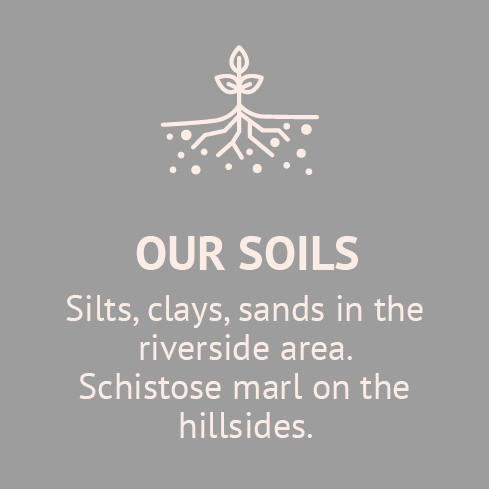
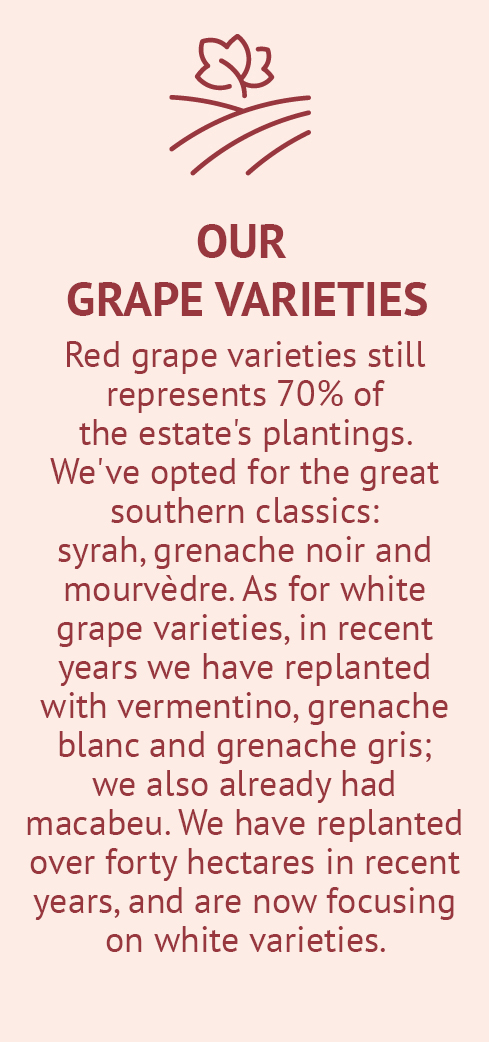
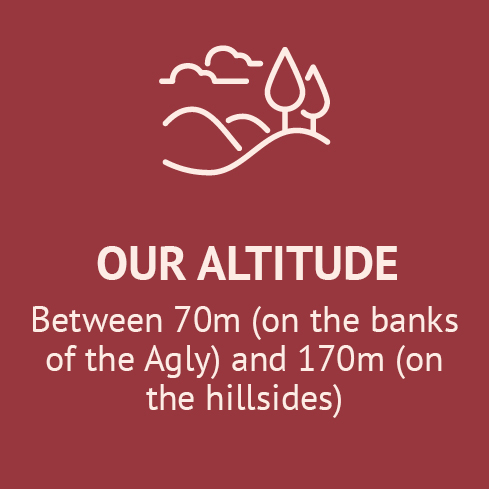
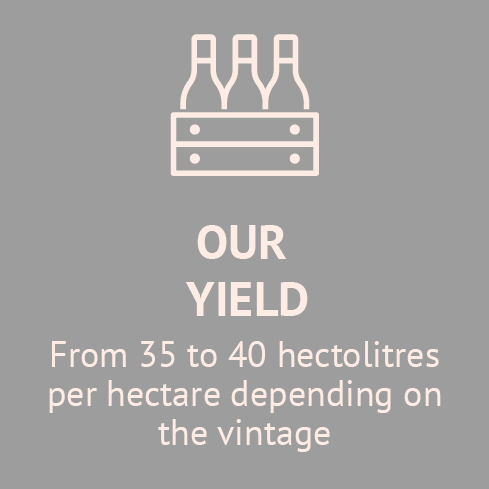
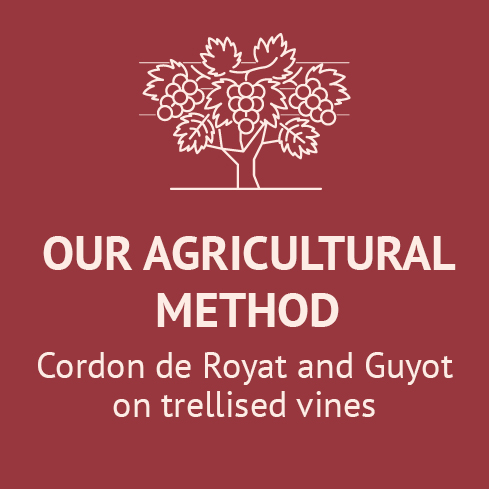
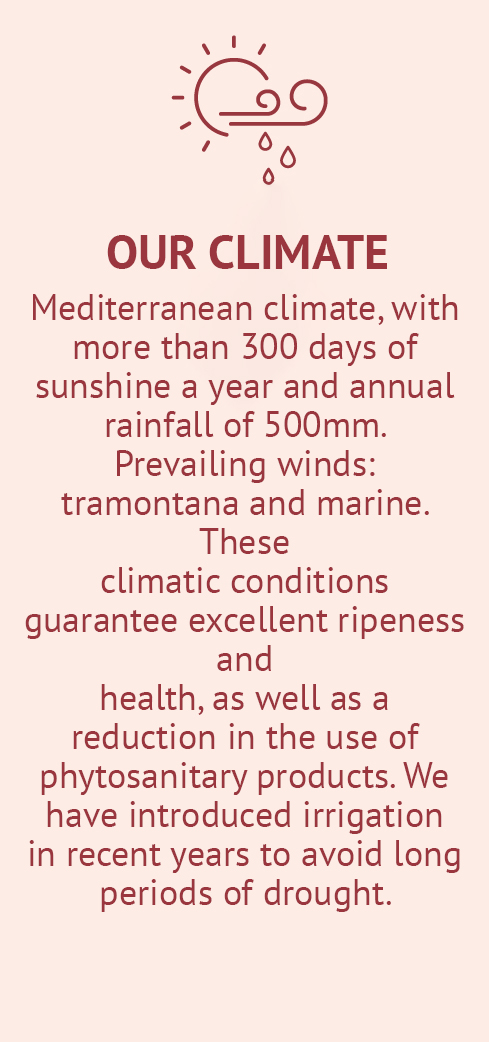
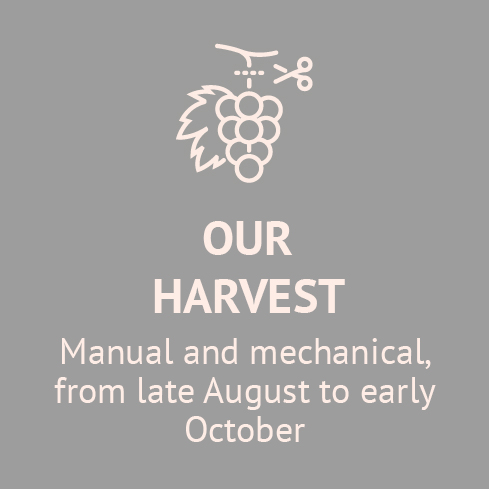
Château de Jau benefits from ideal conditions combined with an exceptional region to produce high quality wines.
You will find the vineyard of Château de Jau in the foothills of the Corbières in the Agly valley. It extends over a hundred hectares, themselves surrounded by 500 hectares of garrigues in the middle of wild preserved landscapes of a striking beauty. We have the privilege of being alone on this side of the Agly, a great asset for organic farming. In conversion to organic farming since 2018, the vineyard has been certified organic since 2021.







Château de Jau benefits from ideal conditions combined with an exceptional region to produce high quality wines.
Our values
ECOLOGY
The vectors of our commitment to the preservation of our
environment and its biodiversity are becoming more diverse
every year.
We have also reintroduced about thirty beehives in the
vineyard, set up an agreement with a shepherd who leads
his herd in our vineyards every year, and launched a tree
planting program.
We also scrupulously protect our water resources.
HUMANISM
As a company on a human scale, we want people to be at
the center of the gamefield.
Some of our employees have come to live on the property,
sharing our passion for the land and our desire to produce
high quality wines.
INNOVATION
Creativity has always been one of the fundamental qualities
of Château de Jau, which has never hesitated to take risks in
terms of marketing strategies.
For more than 40 years, it has been a pioneer in wine
tourism by setting up one of the first winegrower
restaurants in the country.
ART
Contemporary art always had a special place at the Château,
for example through the reception of artists and the
organization of a large exhibition in our foundation every summer.
Our values
ECOLOGY
The vectors of our commitment to the preservation of our environment and its biodiversity are becoming more diverse every year.
We have also reintroduced about thirty beehives in the vineyard, set up an agreement with a shepherd who leads his herd in our vineyards every year, and launched a tree planting program.
We also scrupulously protect our water resources.
HUMANISM
As a company on a human scale, we want people to be at the center of the gamefield.
Some of our employees have come to live on the property, sharing our passion for the land and our desire to produce high quality wines.
INNOVATION
Creativity has always been one of the fundamental qualities of Château de Jau, which has never hesitated to take risks in terms of marketing strategies.
For more than 40 years, it has been a pioneer in wine tourism by setting up one of the first winegrower restaurants in the country.
ART
Contemporary art always had a special place at the Château, for example through the reception of artists and the organization of a large exhibition in our foundation every summer.

